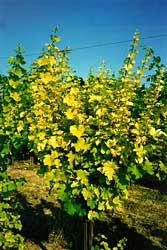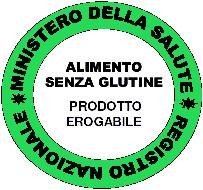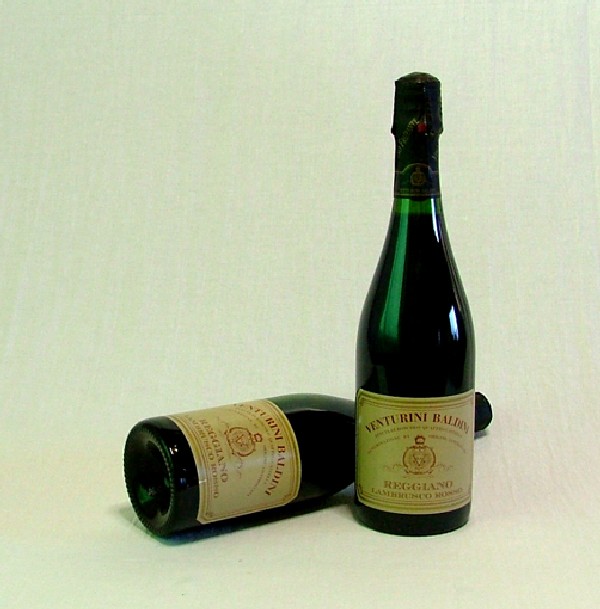by Martin Field
Stone’s Premium Ginger Beer. 4.8% alcohol. Six pack of 330ml bottles $15 – Rating: \_/\_/\_/
Pale, white and slightly cloudy. Appetising tangy fresh ginger nose. Faintly sweet in the mouth with pleasant root ginger zinginess.
Mountain Goat Surefoot Stout 5% alcohol. 330ml bottle – I paid $3.95 – Rating: \_/\_/\_/
Ruddy, unmilked black coffee hues. Malteser nose. Smooth and malty in the mouth with fine dark chocolate and an attractive bitterness at the finish.
Trevor Jones Reserve Riesling 2005 – $25 cellar door – Rating: \_/\_/\_/
Barossa and Eden Valleys, South Australia. Pale with a greenish edge. Lime apple and minerally nose. Delicate and elegant on the palate with tangy lime zest and Granny Smith apple acidity.
Ten Minutes by Tractor Wallis Vineyard Chardonnay 2004 – $52 – Rating: \_/\_/\_/
Mornington Peninsula, Victoria. Light straw appearance. Flowers and apricots on the nose. Peach and apricot flavours enhance the palate assisted by notes of vanillin oak and butterscotch. A crisp acid finish completes the wine.
Clonale by Kooyong Chardonnay 2005 – up to $25 – Rating: \_/\_/\_/
Mornington Peninsula, Victoria. A nose of spicy apples, melons and toast. The palate is smooth and luscious and reminded me of apricot conserve on buttered toast, The finish shows medium acidity.
M. Chapoutier La Ciboise 2004 – I paid $14.90 – Rating: \_/\_/\_/
Appellation Coteaux du Tricastin, Rhone, France. A blend of grenache, shiraz, carignan and mourvèdre. Mid to light rosy red colour. Savoury nose with ripe cherry notes. Mid-weighted dryish palate shows ripe berries, a hint of leather and a noticeably firm finish. Suit dishes like a substantial main course pasta.
Jean-Paul’s Shiraz 2004 – $20 cellar door- Rating: \_/\_/\_/\_/\_/*
Yea, Victoria. Certified organic production, low preservatives. Deep crimson to purple. Inviting fragrance of blackberry and mint. Beautifully constructed, youthful, berry-packed wine. Spicy fruit, oak, and integrated tannins interact harmoniously leaving an impression of a superb, artisan-crafted, modern era red. Truly delicious. Order by email, jeanpauls.vineyard@ycs.com.au.
Moondah Brook Cabernet Sauvignon 2004 – I paid $10.90 – Rating: \_/\_/\_/ *
Western Australia. Ruby to purple hued. Dusty blackcurrant nose. Redcurrant, blackcurrant and plummy flavours mix well on the palate to produce a likeable, ‘Let’s have another bottle of that.’ effect. The well-priced shiraz and cabernet marketed under this label are consistently enjoyable, year in, year out. We buy some annually for a few year’s rewarding cellaring.
Wyndham Estate Bin 555 Sparkling Shiraz NV up t to $14 – Rating: \_/\_/\_/
Ripe, almost porty nose. Mellow, sweetish style with stacks of blackberry conserve flavour.
The Spitbucket Rating System
Five spitbuckets: \_/\_/\_/\_/\_/ – brilliant
Four: \_/\_/\_/\_/ – classy
Three: \_/\_/\_/ – good drinking
Two: \_/\_/ everyday drinking
One: \_/ – spit it!
An asterisk * denotes excellent value for money
Note: Prices in Australian dollars




